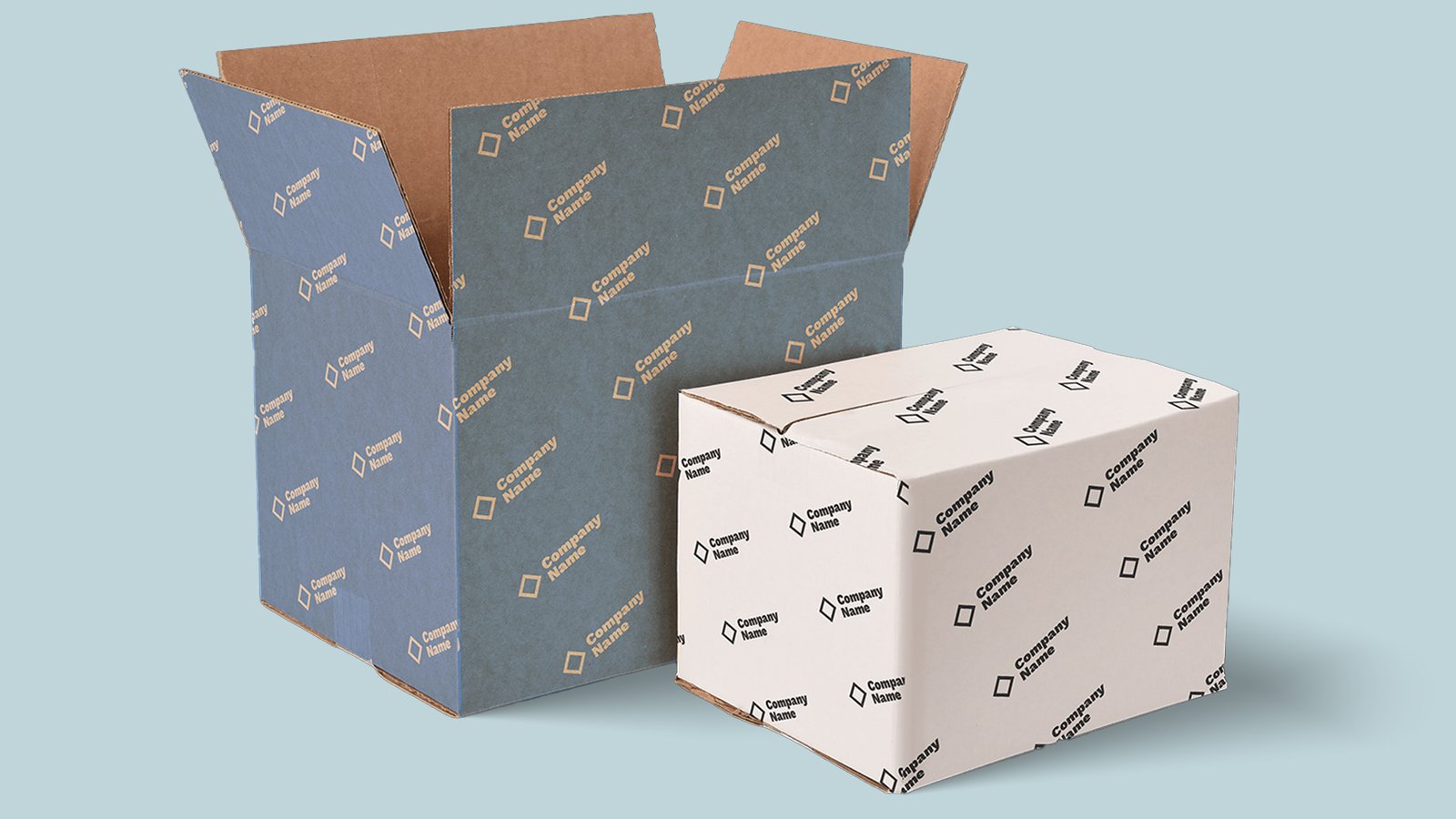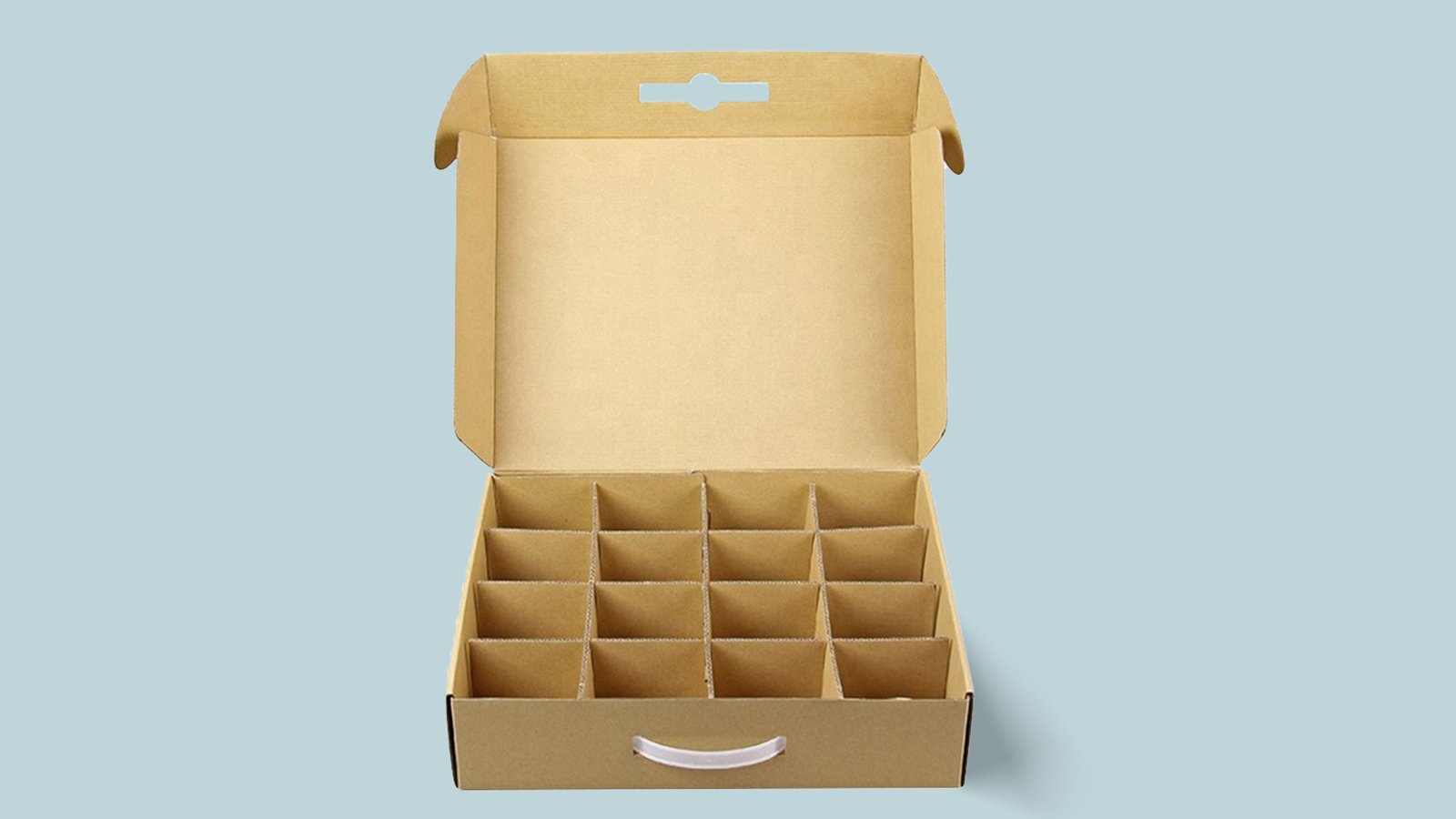How To Strengthen Cardboard Find The
Best Tips And Tricks

The cardboard material is incredibly adaptable. You can be sure that many cardboard items will be accessible for your use. It may be for inexpensive packaging. You can also use it for creative projects. Many businesses use it for storage, composting, or a hundred other uses.
Although cardboard is generally dependable, you can be concerned that it will shatter when you least expect it. After all, cardboard is made of biodegradable paper. Thus, if you want to reinforce and fortify it for less breaking, here are a few ideas you may try. Be cautious to check each tip and determine which is the finest for your needs. This is because not all recommendations may be effective depending on the objectives of your cardboard.
How to strengthen cardboard:
The following are important tips you can use to strengthen cardboard.
· Buying Reliable Cardboard
Buying sturdy cardboard from your local hardware or craft store is the most important thing. It is the simplest way to guarantee that your cardboard is stronger. Cheaper cardboard is frequently quite soft. They can also be simple to tear and crease. The cost of higher-quality cardboard will be higher. However, you can be sure that it will last longer and be more dependable.
For instance, items constructed of corrugated cardboard are significantly more robust than those made of flat cardboard. In addition to thickening the cardboard and softening impact and shock absorption, the fluted sheets in the middle of the material also give it additional properties. These properties can be external crush resistance, moisture resistance, bending resistance, internal burst strength, impact and shock absorption (cushioning), and tearing resistance.
· Put a layer of resin, epoxy, or wood/paper glue on.
Your cardboard boxes will be more water-resistant with one or two layers of resin, epoxy, or wood glue. It will also become less likely to tear. The material you use stops liquid from getting to the pulp. Thus, it can weaken and harm the cardboard's structural integrity. It also makes it more difficult for the cardboard to accidentally tear or rip.
Hardware and craft businesses carry glue, epoxy, and resin. You will also require a flat paintbrush. The size of the paintbrush will also depend on the size of your cardboard. On dry cardboard, simply paint a layer of any of these materials. Before putting on a second layer, let the first one dry. Before using your cardboard, let it thoroughly dry until it becomes rigid.
· Layering method for cardboard
Layering is a great method if you don’t know how to strengthen cardboard. Your cardboard will be thicker if you use this technique. In some situations where you need your board to be a specific thickness, it can be a problem. If it's not a problem, this will strengthen your cardboard even more than the first tactic did.
You'll need epoxy or really strong wood glue for this. You need to place the second layer of cardboard on top of a thin layer of adhesive. Once the glue has completely dried, press the pieces together. Even though the waiting period for each layer of adhesive used can be time-consuming, you can combine this procedure with the previous one to make it even stronger.
· Combination of foam and cardboard
You can use this trick to boost shock absorption. You can strengthen cardboard by adding materials like foam. Simply apply epoxy or glue to a dry piece of cardboard. Do not add a second layer of cardboard. Instead, add a piece of foam that you have cut to the cardboard's exact size and form. Together, press for a while or until the surface is fully dry. Let the glue cure for several hours before adhering to the second piece of cardboard on top of the foam.
· Cover the Joints and Edges with Tape
In particular, when they are soft and you have constructed them by using inferior cardboard sleeves boxes, the joints, and edges of cardboard boxes are two of the most susceptible areas that can collapse. If epoxy or glue is unavailable at your local store or you don't have the time to wait for them to dry, a strong tape will work in its place.
Use strong tape with a long lifespan, such as packaging or duct tape. Given that Scotch tape isn't particularly strong. Similarly, the manufacturing material for masking tape quickly shreds. Thus, you should not use them. To strengthen and support the box's construction, tape the joints and edges on the outside of the box.
Since you might have just coated the cardboard box with something else, it is not practical to tape the entire exterior of the box. When you finally have to open the package, it is also impractical. To take extra precautions to ensure that your box does not break, tape the outer joints and edges several times over all of its sides.
· Further Lath Support
The greatest cases for this are custom cardboard boxes that you don't want to have the bottom burst under large weights. Laths are thin hardwood strips, typically a few millimeters thick. These laths are also a few inches wide. They are important for this. You will need at least three layers of laminated cardboard for this procedure. Additionally, a stapler and staples suitable for wood are also essential.
You must place laths in two locations for the greatest amount of support. For instance, you can place them at the bottom in an x pattern and on the corners (the laths must be the same length as the box's height). Use the stapler to secure the laths in place. You can staple it from the inside to provide support for the bottom. You must also work on the outside when installing the corner laths. You might need a second set of hands to assist you because stapling the corner laths requires exerting some pressure to force the laths and cardboard together.
· Addition of reinforcement material:
Adding reinforcements like fiberglass or carbon fiber is another way to make cardboard stronger. Using an adhesive or by stacking sheets of the reinforcing material on top of the cardboard, these materials can be added to the cardboard's surface.
Conclusion
Although cardboard is a versatile material with various applications, it may be prone to breaking depending on what you use it for. If you're concerned that your cardboard will break, apply these strengthening measures to strengthen it. It will help to reduce the likelihood that it will rip or get damaged during handling and shipping. We have comprehensively described how to strengthen cardboard. You can use these tricks according to your requirements.




